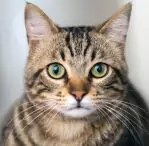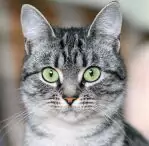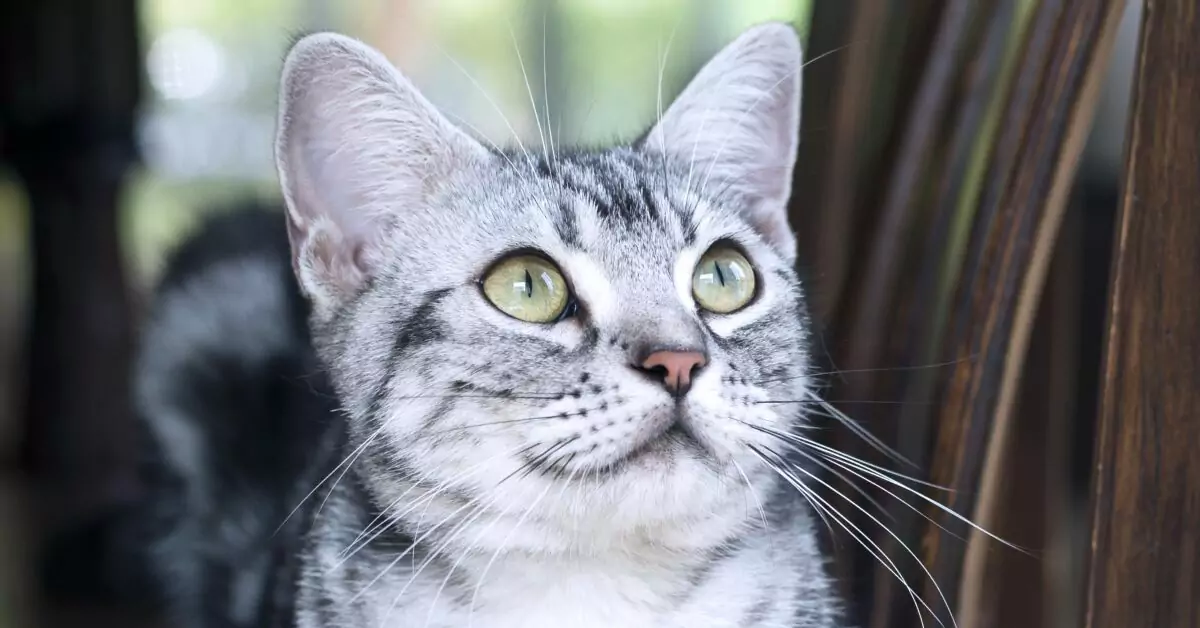
Meet the American Shorthair
Prrrfect Playmate
Chillest Cat
High Kitty I.Q.
My Many Looks
My Breed Characteristics
Furbulous Fact
As I Grow Up
History of My Breed
Care Tips
Training Tips
Personality
Easygoing
Independent
Playful
Origin
United States
Life Span
15-20 Years
Breed Popularity
Length Range
12-15 inches (not including tail)
Weight Range
7-12 pounds
Coat Details
Type
Short & Dense
Texture
Hard
Colors
White, Blue, Black, Cream, Red, Silver, Golden, Brown, Cameo, Chinchilla
Pattern
Solid, Tortoiseshell, Bicolor, Tricolor/Calico, Tabby, Smoke, Shaded
Hypoallergenic
No
Cost to Buy
$600-$1,200
My Many Looks
My Breed Characteristics
Furbulous Fact
As I Grow Up
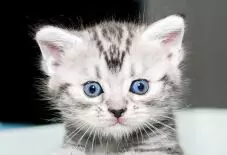
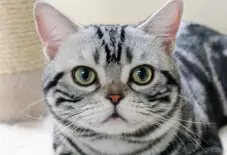

History of My Breed
Care Tips
from Dr. Jessica Greenberg, Associate VeterinarianGet key health screenings and routine wellness care.
In addition to yearly wellness exams, recommended vaccines for your cat’s lifestyle, routine blood, urine, and fecal screens, and appropriate parasite prevention, talk to your vet about getting a DNA test + other health screenings for hereditary conditions and breed-specific health issues. HCM, which is short for a heart disease called Hypertrophic Cardiomyopathy, has been confirmed as an autosomal dominant inherited trait in American Shorthair cats. While there isn’t a specific genetic test for this disease, it’s important to confirm that the parents of any American Shorthair kitten you are purchasing have been tested and shown to be free of the disease via imaging studies, such as an echocardiogram and radiographs.
Feed the right amount of a high quality diet.
While American Shorthair cats do not have any special dietary requirements when compared to other cats, they are at risk of developing obesity. Choose a high-quality cat food that is certified to be complete and balanced by AAFCO, and feed a combination of wet and dry food. Equally as important is to not overfeed American Shorthair cats because obesity can predispose them to a large number of chronic diseases. You can use the hand test to determine if your cat is at a healthy weight, or ask your vet what is a good weight for your cat.
Tips for a well-behaved American Shorthair.
American Shorthair cats are laid back, social, and intelligent cats that are easy to care for. However, be aware that they do like to play, and if they are bored or stressed, American Shorthairs can be destructive or develop stress-related health disorders, so make sure to have plenty of entertaining things for your cat to do. American Shorthairs enjoy moderate exercise, so provide lots of room for your cat to run in your home, along with vertical space for climbing, vertical and horizontal scratching surfaces, and daily playtime sessions. Understand that when a cat misbehaves, they are saying they need something from you, and work with a vet or certified behaviorist if you run into problems with your cat.
Training Tips
from Dr. Jessica Greenberg, Associate VeterinarianMy Many Looks
My Breed Characteristics
Furbulous Fact
As I Grow Up
History of My Breed
Care Tips
Training Tips
-
Personality
Easygoing
Independent
Playful
-
Origin
United States
-
Life Span
15-20 Years
-
Breed Popularity
-
Length Range
12-15 inches (not including tail)
-
Weight Range
7-12 pounds
-
动物皮毛
Type
Short & Dense
Texture
Hard
Colors
White, Blue, Black, Cream, Red, Silver, Golden, Brown, Cameo, Chinchilla
Pattern
Solid, Tortoiseshell, Bicolor, Tricolor/Calico, Tabby, Smoke, Shaded
-
Hypoallergenic
No
-
Cost to Buy
$600-$1,200
